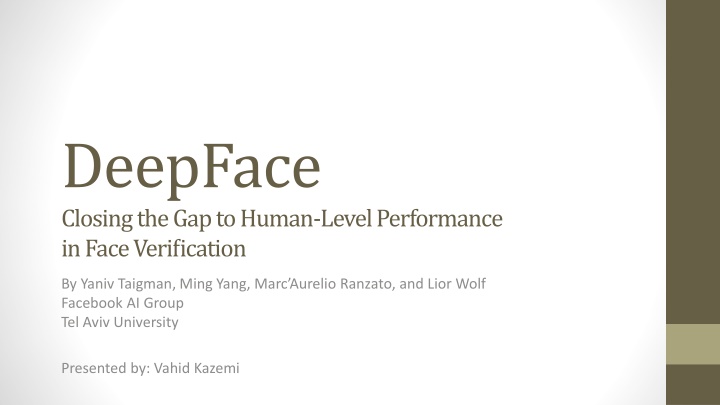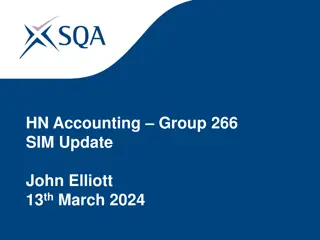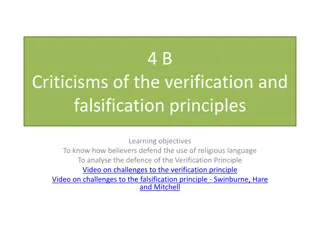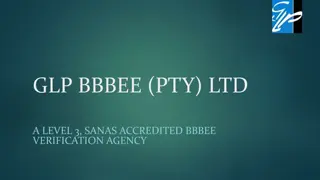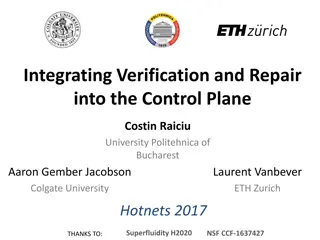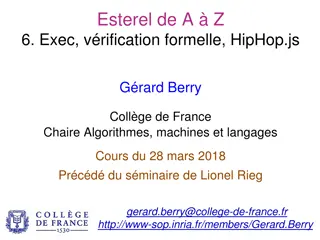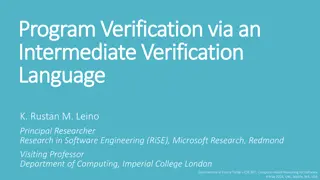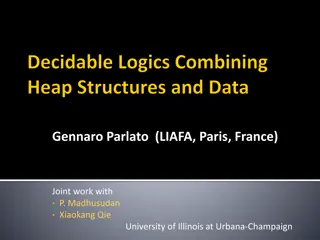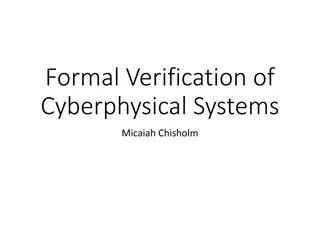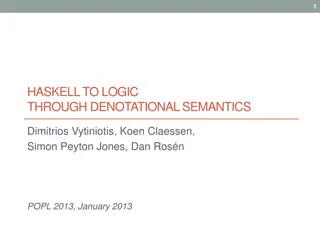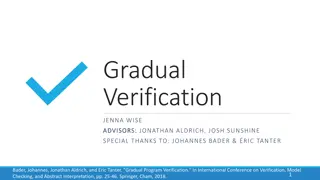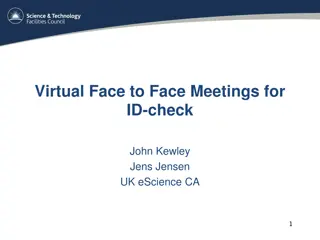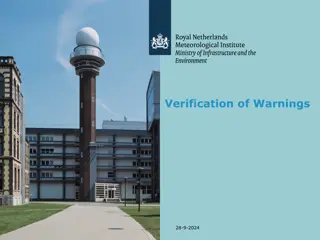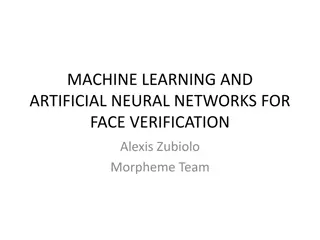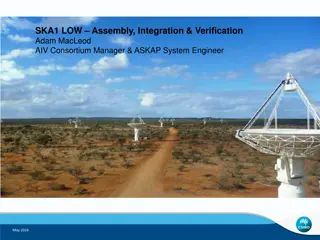DeepFace: Advancements in Face Verification Technology
DeepFace by Yaniv Taigman, Ming Yang, Marc Aurelio Ranzato, and Lior Wolf from Facebook AI Group and Tel Aviv University presents a breakthrough in face verification technology. The system achieves human-level performance by utilizing deep neural networks for face recognition, detection, alignment, and representation. It employs innovative methods such as 3D alignment, landmark detection, and Siamese network architecture for efficient face verification. Training on a vast dataset consisting of millions of labeled faces, DeepFace demonstrates significant progress in classification accuracy and verification protocols, showcasing the potential of AI in biometric authentication systems.
Download Presentation

Please find below an Image/Link to download the presentation.
The content on the website is provided AS IS for your information and personal use only. It may not be sold, licensed, or shared on other websites without obtaining consent from the author.If you encounter any issues during the download, it is possible that the publisher has removed the file from their server.
You are allowed to download the files provided on this website for personal or commercial use, subject to the condition that they are used lawfully. All files are the property of their respective owners.
The content on the website is provided AS IS for your information and personal use only. It may not be sold, licensed, or shared on other websites without obtaining consent from the author.
E N D
Presentation Transcript
DeepFace Closing the Gap to Human-Level Performance in Face Verification By Yaniv Taigman, Ming Yang, Marc Aurelio Ranzato, and Lior Wolf Facebook AI Group Tel Aviv University Presented by: Vahid Kazemi
Face Recognition Detect Align (3D) Represent (DNN) Classify
Alignment Detect 67 landmarks using standard methods (LBP+SVR) Use the 3D model to align the image to the mean shape
Alex KrizhevskysCNN Input: RGB image, output: probability for 1000 classes Convolutional layers -> local features Max pooling -> invariant to local deformations Fully connected -> global features
DNN Input: aligned image, output: identity class Standard convolution layers -> low level feature extraction (C1-C3) Only one layer of pooling -> avoid losing details (M2) Locally connected layers instead of conv. -> exploit alignment (L4-6) Fully connect layers -> combine info. from distant parts (F7-F8)
Face Verification Siamese network Accepts two images as input, outputs same/not same Similar to the DNN described, with an additional logistic regression layer, input: difference between DNN features Only last two layers are trained to avoid over-fitting
Data Facebook s dataset (SFC): 4.4 million labeled faces 4030 people (800-1200 per person) 95% for training, 5% for test LFW 13000 photos, 5749 people YTF 3425 YouTube video clips, 1595 people
Training 4 million labeled images from SFC Multi-class classification objective Stochastic gradient descent 15 epochs Took 3 days on GPU
Results: Classification Amount of data and size of the network
Results: Verification Protocol: Unsupervised: compare inner product of DNN features Unrestricted: use additional training pairs to train Siamese network Ensemble: Combine 3 networks trained on different input data (e.g. RGB/gradients/etc.)
Efficiency Runs in 0.33 second on a single core CPU
